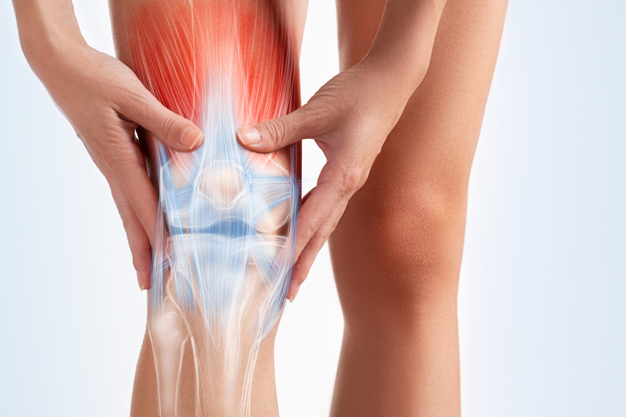This can result from any activity that causes you to forcefully twist or rotate your knee, such as sudden stops and turns while playing. Even kneeling, deep squatting, or lifting something heavy can sometimes lead to a torn meniscus.
- Pain – pain in knee joint
- Difficulty in straightening of knee
- Difficulty in getting up
- Swelling
- Popping sensation
- Feeling of instability i.e. knee giving way
This can be suspected by clinical examination by various examination tests and maneuvers. Diagnosis can be confirmed by evaluation
- MRI – it is helpful in diagnosing torn meniscus also in planning further treatment
- X-ray – It’s a basic investigation. The torn meniscus is not seen in x ray but another bony injury can be seen.
- Diagnostic arthroscopy – after the easy availability of MRI, the role of diagnostic arthroscopy has decreased over years.
- Rest – avoid activities that aggravate pain
- Ice – reduces swelling and pain
- Medication – Takes care of pain
- Physical therapy – strengthening of muscles helps in reducing symptoms
- Arthroscopy – helps in treating torn meniscal. Whether meniscectomy (removal of the torn piece) or repair depends on the type of tear, and age.
This is usually produces localized pain in the knee. Pain increases in activities that involve twisting the knee or squatting. Sometimes torn meniscus may lead to the locking of a joint or the formation of a loose piece.
You should avoid movements which involve twisting of knee & squatting.
Outer 1/3rd of meniscus (red zone) usually have blood supply so tears in outer 1/3rd of meniscus can heal. While inner 1/3rd (white zone) is doesn’t have blood supply, tears in inner 1/3rd meniscus usually don’t heal.


